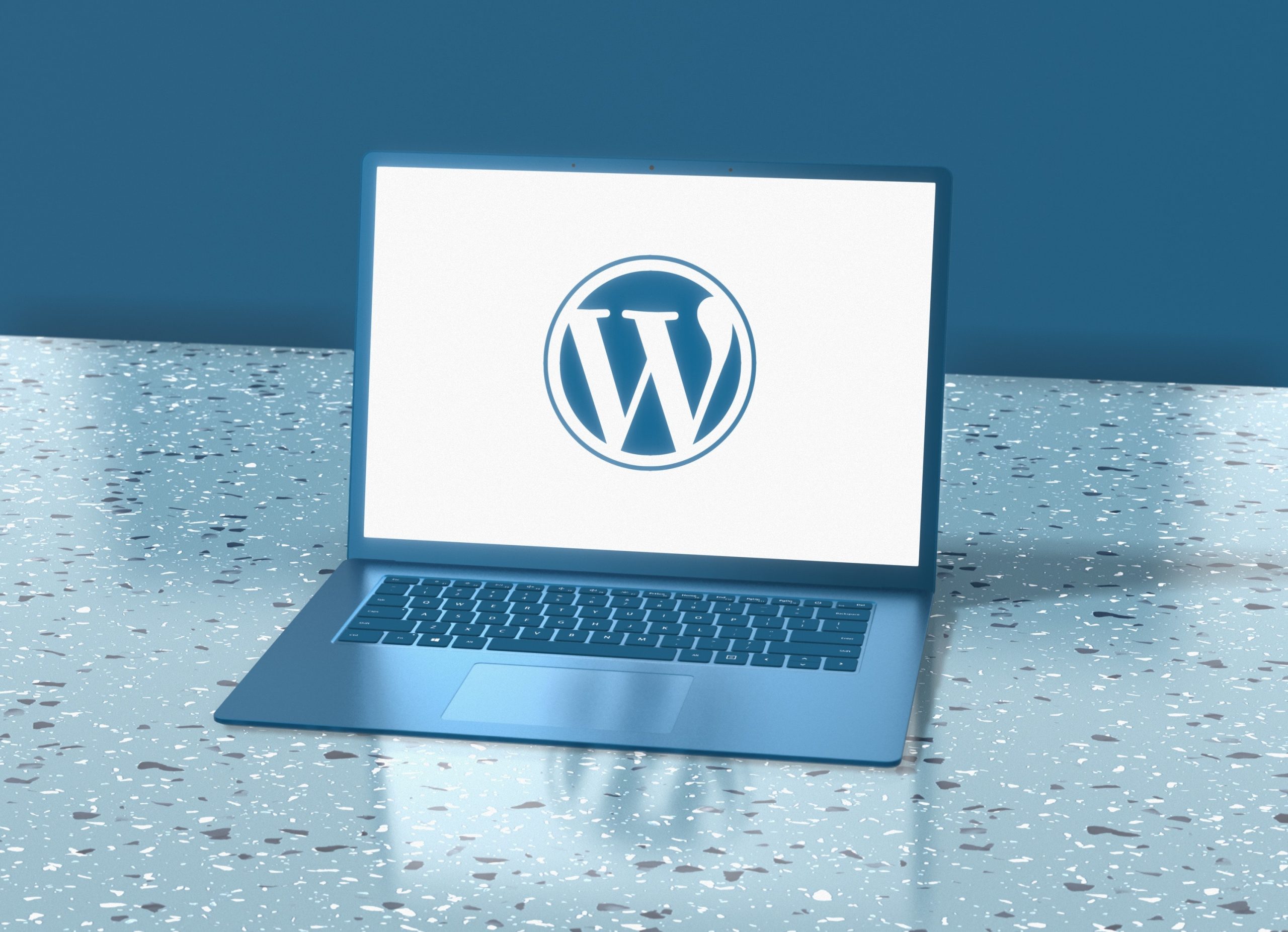Are you ready to take your WordPress game to the next level? Updating your website’s platform is a crucial step in ensuring optimal performance and security. But for beginners, navigating this process can feel like wandering through a digital jungle. Don’t worry! In this beginner’s guide, we’ll hold your hand and walk you through each step of updating WordPress safely. Get ready to unlock new features, enhance security, and keep your website fresh with our foolproof roadmap. Let’s dive in together!
Introduction to Updating WordPress
Updating WordPress is a vital part of keeping your website secure and ensuring that it remains compatible with the latest plugins and themes. In this article, we’ll take you through the process of updating WordPress step-by-step, so you can be confident that you’re doing it safely and correctly.
Before we begin, it’s important to note that you should always backup your WordPress site before updating. This will ensure that you can revert back to a previous version if something goes wrong during the update process. For more information on how to backup your WordPress site, check out our guide here.
Now let’s get started with updating WordPress!
The first thing you’ll need to do is log in to your WordPress admin dashboard. Once you’re logged in, you should see a notice at the top of the page telling you that there is a new version of WordPress available. If you don’t see this notice, click on the Updates tab in the left-hand menu.
Click on the Update Now button to start the update process. WordPress will now download the latest version of itself and install it on your server. Once the update is complete, you’ll be prompted to log in again.
That’s it! You’ve now successfully updated WordPress.
How to Prepare for an Update
Before updating WordPress, it is important to take a few precautions. First, create a backup of your site. This will ensure that you have a copy of your site in case something goes wrong during the update process.
Next, deactivate all plugins. This will prevent any potential conflicts between the updated WordPress files and your plugins. Once the update is complete, you can reactivate your plugins one by one to check for compatibility issues.
Clear your browser cache. This will help to ensure that you are seeing the most up-to-date version of your site after the update is complete.
Steps to Updating WordPress
1. Log in to your WordPress site.
2. Before you do anything, it is always a good idea to create a backup of your site. This way, if something goes wrong, you can always revert back to a previous version.
3. To create a backup, go to the Tools > Export menu item in your WordPress dashboard.
4. Select all content and then click the Download Export File button.
5. Save the file to your computer.
6. Now that you have a backup, it’s time to update WordPress! To do this, simply log in to your WordPress site and go to the Dashboard > Updates page.
7. If there is an update available, you will see a message informing you of this fact and prompting you to install the update. Simply click the Update Now button to initiate the process.
8. Once the update is finished installing, you will be prompted to log back in to your site (this is necessary because some security updates will take effect immediately upon installation). After logging back in, check your site to make sure everything is still working as it should be. If everything looks good, then you’re done!
What to Do After the Update
If you’re new to WordPress, or don’t feel comfortable updating your site on your own, we recommend hiring a WordPress professional to help with the update.
Before updating, it’s always a good idea to back up your site. This way, if anything goes wrong during the update process, you can restore your site to its previous state. There are many ways to back up a WordPress site; you can use a plugin like BackupBuddy or UpdraftPlus, or you can contact your host and ask them to create a backup for you.
Once you’ve backed up your site, you’re ready to update! To update WordPress, simply log in to your dashboard and go to the Updates page. If there is an available update, you’ll see a notice at the top of the page asking if you’d like to update now. Click the Update Now button, and WordPress will take care of the rest!
After the update is complete, be sure to check your site for any broken links or missing images. If everything looks good, then you’re all set!
Troubleshooting Common Issues
One of the most important things to do when running a WordPress website is to keep your WordPress installation and all plugins and themes up to date. While most updates are minor and provide security fixes or improve performance, occasionally a major update will change the way WordPress works.
When this happens, it can sometimes cause problems with how your website looks or functions. This can be especially true if you have an older website that was built before the most recent update. In this case, it’s often necessary to make some changes to your website code in order to keep everything working properly.
Fortunately, there are a few things you can do to troubleshoot common issues that may arise after updating WordPress. In this article, we’ll walk you through some of the most common problems and how to fix them.
First, let’s take a look at what you should do before updating WordPress. Then we’ll go over some of the most common issues that can occur after updating and how to fix them.
Conclusion
Updating WordPress can be a daunting task, especially for those new to the platform. However, with this step-by-step beginner’s guide to safely updating WordPress, you now have the knowledge and tools required to keep your site up-to-date and secure. By following these steps carefully, you can ensure that your website remains safe and secure and is always running at its most efficient level.
































